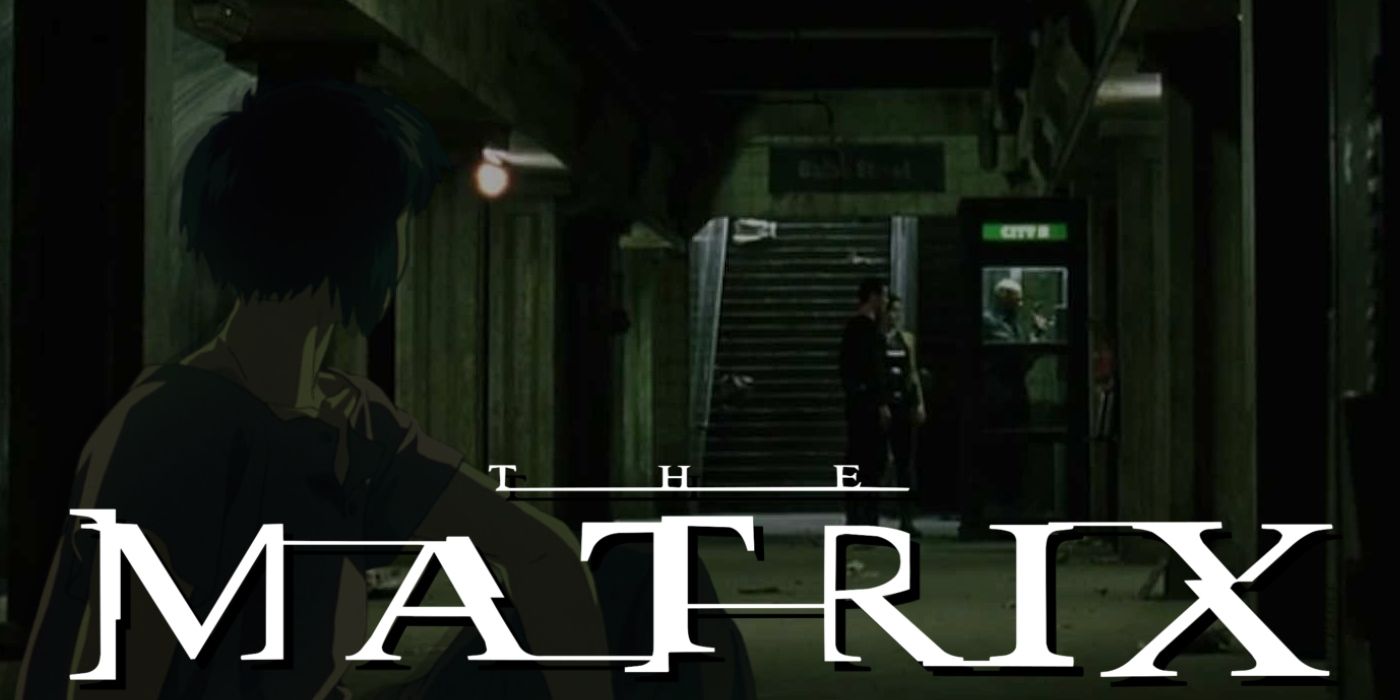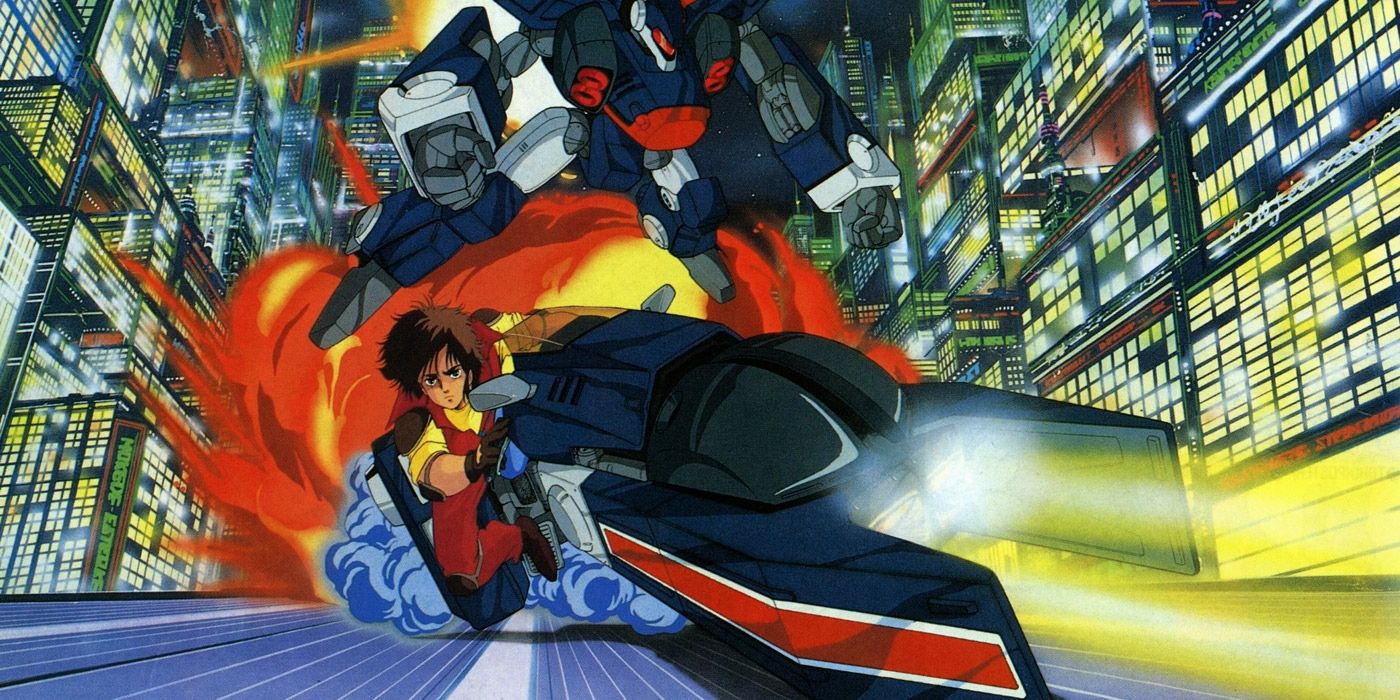
In 1999, a sci-fi thriller called The Matrix made its debut in theaters. Soon, it had become a critical and box-office success. And in the years since its release, the film has served as inspiration for countless entries in the cyberpunk sub-genre. Its blend of stunning fight choreography with cutting-edge special effects was unheard of at the time. But there was a very clear inspiration for the film's visual style — anime, particularly 1995's Ghost in the Shell.
Many Hollywood directors, especially those working in the science-fiction genre, have "borrowed" from Japanese anime. Similarities to the works of Satoshi Kon have cropped up in big-budget films such as Black Swan and Inception. In fact, Darren Aronofsky even went so far as to buy the rights to Kon's film Perfect Blue. Why? So he could remake its iconic bathtub scene in his 2000 film Requiem for a Dream. And while pitching the idea for The Matrix, the Wachowskis showed producers a DVD of Ghost in the Shell. "We want to do that for real," they said.
RELATED: The Matrix Is Basically A Live-Action Remake Of This Classic Anime
The Wachowskis would eventually make a "real" live-action anime adaptation, 2008's Speed Racer. But The Matrix was still incredibly close to being one. Not in its plot, per se; both Ghost in the Shell and The Matrix took story elements from other sources. No, what made The Matrix possibly the first-ever live-action Hollywood "anime" was its action sequences. Again, many of its visual and stunt techniques were entirely new to the Western world. People had never seen anything like it, and they wanted more.

So in the years since, plenty of other films have tried to do the exact same thing, to varying results. For instance, the two Matrix sequels, while commercially successful, didn't do much to win over critics or series devotees. But now, eighteen years after The Matrix Revolutions, Neo and Trinity are returning for a fourth story. And with Lana Wachowski returning to helm the project, the big question is — will the "anime inspiration" still be there?
Not only will it likely be there, but it might be more obvious than ever. While directing Speed Racer, the Wachowskis hired cinematographer David Tattersall to capture the anime's flashy aesthetic in live-action. And this post-Matrix experience making "live-action anime" has definitely had an impact on their later work. Also, despite Speed Racer receiving mixed reviews at first, it's since become a bona fide cult classic. And live-action anime adaptations are now more plentiful than ever.
Most recently, Robert Rodriguez's Alita: Battle Angel, while not a complete hit, renewed interest in the genre's potential. Lana Wachowski could also learn something from the famed Takashi Miike (director of more than 100 movies!). His live-action anime/manga adaptations (from JoJo's Bizarre Adventure to As The Gods Will) are among the most beloved there are. And both directors love long, flashy fight sequences — one need only look at Miike's 13 Assassins to see that.
There are some solid candidates for anime that can inspire the Wachowskis the same way Ghost in the Shell did. A newer anime that comes close to the spirit of The Matrix (and its Blade Runner influence) is Psycho-Pass. The dystopian series follows the development of authoritarian crime-fighting techniques in a future world. The "Sibyl System" calculates a person's likelihood of being a criminal. Then, Inspectors and Enforcers keep possible violators in check à la Minority Report. The series also tackles tough philosophical and psychological questions that few anime have dared attempt to cover. Many of its scenes feel very similar to the cryptic dialogues of the Matrix sequels (though without the boring).

Megazone 23 is an 80s anime that has several ties to The Matrix in story and themes. Most prominently, Megazone 23 featured an early media depiction of a simulated reality. This was more than a decade before The Matrix introduced the idea into the broader pop culture spectrum. Obviously, this led to many fans believing there was a clear connection between the two. However, in an online Q&A from 1999, the Wachowskis claimed they'd never seen it. They did, however, tell the commenter to "send [them] a copy, it sounds good." As the series is slowly starting to come back into the mainstream, it's quite likely Lana has seen it. The similarities between it and her own work are clear, so it'd be a useful backbone for the next Matrix.
2003's The Animatrix is a collection of nine anime short films that take place in the world of The Matrix. If anything, it definitely provides a clearer view of how the two visual mediums translate to each other. This could prove useful in creating the updated effects for The Matrix 4. With all the new technology that's popped up in the past two decades, there'll need to be a clear visual guide.
Cowboy Bebop (the creation of Animatrix alum Shinichirō Watanabe) is just a good anime in general. But it shares many things with The Matrix, such as its influence from Western films and its focus on existentialism. One could argue it's so good it should have had a bearing on the prior Matrix films. Sadly, The Wachowskis started filming the Matrix sequels a few months before Adult Swim debuted Cowboy Bebop in the U.S.
Obviously, Ghost in the Shell: Stand Alone Complex deserves a mention as well. It expanded its world in the same way as The Matrix 4 plans to. It also boasted some of the most creative visuals of any anime from its time. Its design and themes are easily as important as those of the original. Hopefully, The Matrix 4 will fare the same in terms of lasting impact.
In that online Q&A from 1999, the Wachowskis were asked if they'd ever direct a "straight-up" live-action anime adaptation. Their response? "I thought we did."

